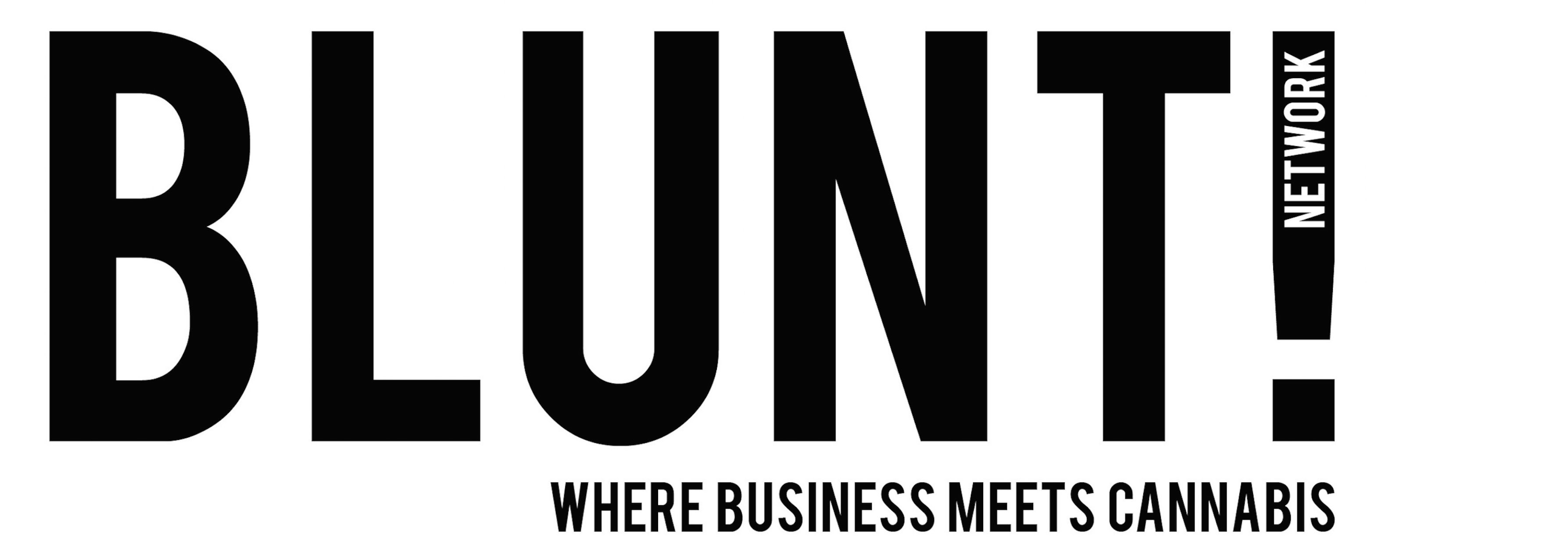Cannabis Packaging and Labeling 101
We’ve come a long way from the bad old days; when home-growers stored their lovingly-grown buds in glass mason jars and then hid them away – or when marijuana of dubious quality was divvied up in plastic sandwich bags and surreptitiously sold in bars, dorm rooms or street corners by people with questionable motives.
Mason jars are still around, of course. But the 2014 introduction of legal, adult-use (also known as recreational) cannabis sales in Colorado and Washington State also ushered in a new era of cannabis packaging and labeling for a rapidly-growing and dramatically evolving industry; a business sector that in the state of Colorado alone had sales exceeding $1 billion in 2016.
“Purveyors of not only smokable cannabis but also infused edibles, beverages and topical products use many kinds of packaging products and services,” the industry web site Packaging Digest noted in 2014. ”They are buying pouches, jars, bottles, cartons, labels, shippers and even radio frequency identification (RFID) tags for inventory control—plus services like graphic design.”
A lot of the current packaging and labeling for legal marijuana products was designed in compliance with specific state regulations, while assisting cannabis companies with their tracking and inventory efforts.
The packaging, in general, has to ensure the safety and quality of the products within those boxes, bottles, air-tight pouches and metal wrappers – while the labels are intended to give consumers essential information about the product’s contents and storage requirements.
There are certain bottom-line requirements that all cannabis product packaging and labeling must have; and you’ll see variations of these requirements in the regulations of nearly all cannabis-friendly states.
Here, as an example, are some edited highlights from Oregon’s Packaging and Labeling Guide for medical and recreational marijuana:
Cannabis Product Packaging
General Requirements: Each marijuana item must be put in a sealed container; a receptacle that meets local government standards. The label and packaging must be approved before any cannabis item is sold to consumers. (States like Colorado also require these containers to be opaque (not transparent).
Packages must protect the marijuana items they hold: to keep the cannabis products within fresh while preventing spoilage, contamination or exposure to potentially harmful substances.
Packaging should not be attractive to minors: Marijuana items cannot be packaged or labeled with cartoons, designs or the branding of products that are typically marketed to minors. That ban also extends to the use of symbols or images of celebrities, popular culture heroes or superheroes. The packaging itself should not be similar in appearance to consumer products that are typically marketed to children.
All marijuana items, with the exception of plants and seeds, must be sold in child-resistant packages: This type of packaging comes in two forms: single-use and re-sealable. A single-use container meets child-resistant standards until it is opened; while re-sealable packaging remains continuously child-resistant after it is initially opened and for the life of the product.
Exit Packaging: Many states where cannabis is sold legally require marijuana products to leave the dispensary or retail store in a so-called “exit package” – which the state of Oregon defines as “a sealed container provided at the retail point of sale in which any marijuana items already within a container are placed.”
While cannabis products and items may be displayed to consumers in non-childproof packages within the store or dispensary, they must be placed in the child-resistant exit packaging at the point of sale. Exit packages may be reused if they are re-sealable, and may contain more than one product.
Cannabis Product Labeling
General Requirements: A label is defined as “any written, printed, or graphic matter affixed to, applied to, attached to, blown into, formed, molded into, embossed on, or appearing upon or adjacent to a package containing a marijuana item for purposes of branding, identifying, or giving any information with respect to the item or to the contents of the package.”
Each type of marijuana product must have specific requirements included on the label in compliance with state regulations and must include that required information on the label.
Labels: Must conform to state requirements regarding the size of print and fonts used. They must be “unobstructed and conspicuous” and in English; although the information can be included in other languages.
Every Label Must Contain:
- A principal display panel ; defined as “the part of a label on a package or container that is most likely to be displayed, presented, shown or seen under customary conditions of display for sale or transfer, generally the front of the package.”
- The Universal Symbol: A state-created and approved symbol that indicates the product contains marijuana.
- All information required by state law as to the specific product type.
Additional Labeling Requirements: If the product falls into more than one category – for example a concentrate that can also be eaten – then it must have labeling requirements for both concentrates and edibles.
Testing Information: Information from all laboratories and required tests must be included on the label. “For example, if one lab tests for THC concentration and a different lab tests for pesticides, the information for both labs and tests must be included on the label.”
A label may not contain untruthful or misleading statements, such as unsubstantiated health claims or incorrect use of the term “organic.” Labeling should also not be attractive to minors.
Activation Time: The label should show the amount of time the cannabis product is likely to take before the consumer feels its effects. For example, with most inhaled marijuana products the label might read: “Activation Time: Immediate” while with a cannabis edible the activation time might be listed as an hour or so, depending on the product and its potency.
Additional Edible Labeling: Cannabis edibles need to be labeled much like other food products, with some notable exceptions. The edible labels should contain the following information:
- A list of all ingredients in descending order of predominance by weight or volume.
- The amount (in grams) of sodium, sugar, carbohydrates and total fat per serving.
- If the edible is perishable, information that the product must be kept refrigerated or frozen.
- Product expiration date.
- The amount of THC per serving and the total amount of THC per container.
- Any potential food allergens.
- Whether the product is gluten-free or fat-free.
In its 2014 article Packaging Digest noted that, as more states legalize marijuana, the rules and regulations for cannabis packaging will become more complicated. It also predicted that the legal marijuana industry “will continue to roll out the green carpet for packaging suppliers, designers, advisors and consultants.”
Resources:
For more detailed information about cannabis packaging and labeling, consult the following:
A State-by-State Guide to Cannabis Packaging and Labeling Laws – Leafly.com
https://www.leafly.com/news/industry/a-state-by-state-guide-to-cannabis-packaging-and-labeling-laws
Retail Marijuana Product Manufacturing, Packaging and Labeling Compliance Guidance – Colorado.gov
https://www.colorado.gov/pacific/sites/default/files/14-10_IndustryBulletin-Attachments_1.pdf
How to Brand, Market, and Sell Marijuana Without Breaking the Law – FastCompany.com
Why Cannabis Packaging Design Matters – ZeeFusion.com
https://www.zeefusion.com/cannabis-packaging-design-matters/
Selling Legal Weed: It’s All About the Packaging – Bloomberg.com
https://www.bloomberg.com/news/articles/2016-04-13/selling-legal-weed-it-s-all-about-the-packaging




